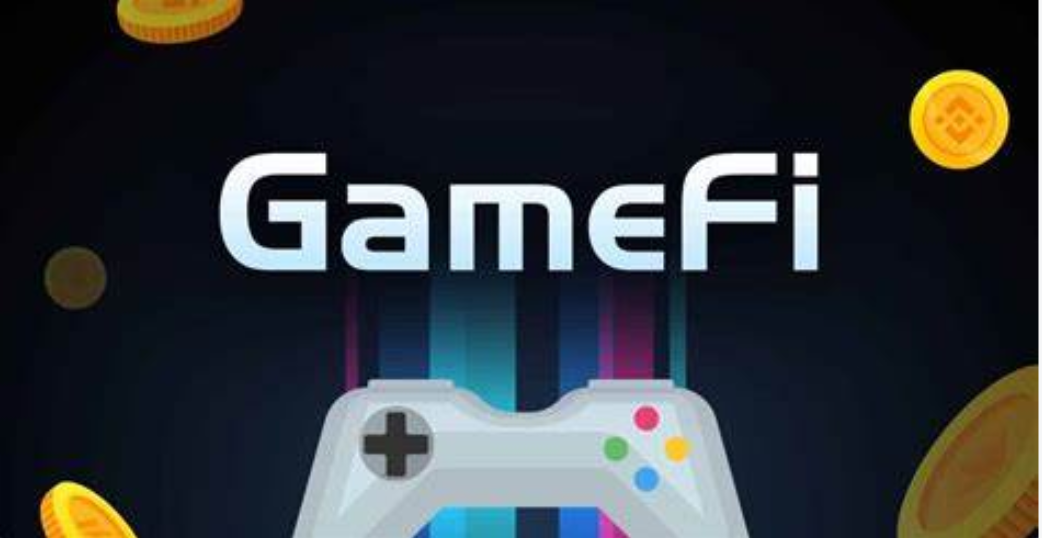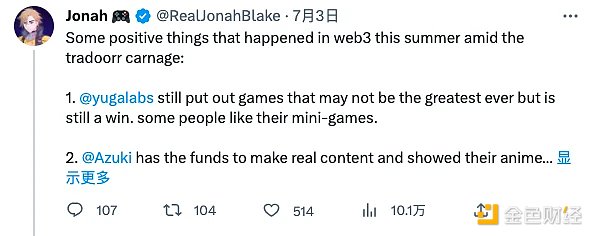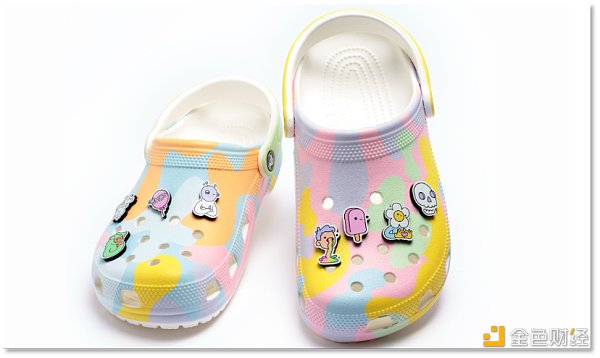Why is Ethereum’s position as the king of public blockchains difficult to shake?
Why is Ethereum's dominance in public blockchains hard to challenge?Author: Tom Albrecht
Translation: Huohuo / Plain Language Blockchain
1. Introduction to Ethereum
ETH has become the world’s second-largest cryptocurrency. Vitalik Buterin launched Ethereum in 2015, and its market value has since reached 22.7 billion.
Ethereum is a decentralized world computer and open data network built on the blockchain. This computer uses smart contracts, peer-to-peer interaction, and user-controlled data to support new digital business models.
- a16z AI combined with blockchain creates four new business models
- Interview with Sui’s Vice Chief Information Security Officer at Mysten Labs Considerations, Design, and Practice of Sui Blockchain Security
- Sei’s ultimate marketing rule Make headlines through news, and use sunshine airdrops to sweep the cryptocurrency community.
The unstoppable nature of Ethereum:
1) Permissionless: No one needs permission to transact, such as using or creating smart contracts and applications (DApps). Anyone can become part of the consensus mechanism to approve new transactions (blocks).
2) Decentralized: Users interact directly with each other without the need for centralized intermediaries. Ethereum’s node network uses the consensus mechanism “proof of stake” to validate new blocks. 11,400 physical nodes are distributed in 80 countries. It is almost impossible to stop Ethereum from running.
3) Transparency: Users can verify transactions or application functionality by reading the chain.
4) Censorship resistance: The blockchain is immutable, so transactions, stored data, and programs persist. They will not disappear, be replaced, or be destroyed.
2. Layer 2 Blockchain Solutions Enhance Ethereum
Blockchain faces the trilemma of decentralization, security, and scalability. Ethereum prioritizes decentralization and security, which has led to scalability issues.
In 2021, congestion on the Ethereum blockchain led to high gas fees, making transactions expensive. At peak times, the cost of sending a transaction was $200.
Layer 2 blockchain solutions (L2) enhance Ethereum by addressing its scalability challenges. These solutions include sidechains, Optimistic Rollup, and ZK Rollup. Their goal is to speed up transactions and reduce costs.
Popular L2 solutions include Arbitrum and Optimism as Optimistic Rollups, ZKSync as ZK Rollup, and Polygon as a sidechain. These L2 solutions process multiple transactions and bundle them into one transaction for settlement on Ethereum’s Layer 1 (L1). Users and developers benefit from lower costs, while L2 leverages Ethereum for security and decentralization.
Ethereum’s L1 will serve as the settlement layer, and L2 will handle the transaction layer, thereby increasing network speed. Some users (whales) may still choose to use L1 and are willing to pay a premium for its advantages.
Note: Shard chains will further increase Ethereum’s network capacity, which I will discuss in another article.
3. The Role of L1 in the L2 Era
Although L2 speeds up transactions and reduces gas fees, a question arises: Are other L1s no longer needed?
Not entirely:
1) Multiple L1s trigger competition, which promotes innovation. Therefore, L1s continuously improve scalability, user experience, security models, or develop unique features. Developers, users, and the entire ecosystem benefit.
2) If only Ethereum L1 exists, any vulnerabilities on Ethereum could threaten the entire ecosystem. Multiple L1s can reduce concentration risk and provide different security and decentralization models.
Different L1s cater to different use cases or industries. For example, Avalanche is the preferred choice for NFTs due to its speed, transparency, and eco-friendliness. Solana is very useful for DeFi because it has a high throughput of about 65k transactions per second.
4. Ethereum’s business model:
Ethereum is a technological infrastructure that sells block space (through Ether) as its product.
Each data record (= transaction) requires block space.
Developers, validators, data oracles, users, and businesses need block space to interact with applications or build applications. These applications support new digital businesses, such as decentralized lending, trading, or minting NFTs.
These participants use the native token Ether to pay for block space to leverage these new business opportunities.
Ether is different from any traditional asset. Traditionally, assets are divided into three categories:
1) Capital assets
2) Consumable/convertible assets
3) Store of value assets
However, Ether has advantages in all three categories, making it a unique asset:
1) Capital assets: Staking and validating transactions generate Ethereum cash flows with an annual yield of about 5-6%.
2) Consumable/convertible assets: Ether is needed and partially burned when using Ethereum, functioning like “digital oil” as a digital commodity.
3) Store of value assets: With a decreasing Ethereum supply, many value Ethereum, and Ethereum will become the new infrastructure of the Internet.
The “Fat Protocol” paper explains another aspect of Ethereum’s business model. The paper suggests that Ethereum will accumulate a significant portion of value (= fees paid) because it provides the most secure transaction settlement.
Every transaction of any application built on the blockchain must pass through each layer below and ultimately flow into the base layer of Ethereum.
Application users pay L2s (block space distributors), and L2s pay fees to settle on Ethereum. This mechanism benefits Ethereum validators and Ether holders.
Note: Critics of the paper point out that successful applications (such as dYdX) will migrate to other L1s (such as Cosmos) to build their own application chains. Another article will discuss “fat applications”.
5. Ethereum Proposes and Generates Unique Value
Ethereum surpasses other L1 blockchains in multiple aspects.
The most important factor is Ethereum’s strong network effect reflected in its excellent technology stack. It provides the most developer tools, smart contract standards, and composability. This allows developers to easily build projects and rapidly increase users. Electric Capital found that Ethereum has the most developers, outnumbering the next blockchain (December 2022) by 2.8 times.
In addition, compared to any other L1, Ethereum dominates in most adoption metrics. Here are some examples to illustrate its significant market share (August 2023, DeFiLlama):
1) Total locked value: Ethereum: 70.45% (including L2: 75.6%); Tron: 5.36%; BNB: 4.93%
2) Fees paid in the last 24 hours: Ethereum: $3.65 million; Tron: $0.888 million; Bitcoin: $0.564 million
3) Total DEX trading volume: Ethereum: $1.771 trillion; BNB: $634 billion; Solana: $55 billion
Regulatory security is another advantage of Ethereum. The latest ruling by the SEC court indicates that Ethereum is not a security, meaning investors have not invested in “unregistered securities”.
Therefore, institutional interest in ETH has increased. In August 2023, large financial institutions such as VanEck or Grayscale applied for Ethereum futures ETFs. If these proposals are approved, Ethereum will attract a large influx of institutional funds.
Lastly, Ethereum also benefits from the Lindy Effect: the longer something has existed, the longer its future lifespan.
As a pioneer in the smart contract platform, Ethereum has built a strong network effect and history. Its continued success expands its value and increases opportunities for a prosperous future.
6. Conclusion
There are 8 months until the upcoming Bitcoin halving, and global liquidity seems to have reached its lowest point in the cycle. With Ernst & Young’s entry and regulatory progress in Europe and the UK, the industry is constantly evolving, striving to become a cryptocurrency hub.
In this era, Ethereum emerges as the ultimate L1 solution. It is an unstoppable force with a solid foundation, unwavering commitment to decentralization, advanced smart contract functionality, scalable L2, and a vibrant community.
Ethereum will assume the role of a global financial settlement layer and have more use cases. With its unique value proposition, adaptable business model, and pioneering spirit, the platform will become the global standard.
While other L1s occupy a place in specific use cases or industries, Ethereum will grow into a global monopolist.
We will continue to update Blocking; if you have any questions or suggestions, please contact us!
Was this article helpful?
93 out of 132 found this helpful
Related articles
- 10 Ways NFTs are Boosting the African Tourism Industry
- Insights and Reflections Why is it difficult to hear the voices of female entrepreneurs in Web3?
- Exploring the Concept and Function of Layer 3 in Modular Blockchain
- Inventory of Seven Bills that Could Determine the Future of Cryptocurrency in the United States
- Bybit Compensation Manager’s Self-Embezzlement Analysis Vulnerabilities and Improvements in Blockchain Enterprise Financial Management
- The integration of blockchain and AI is a natural demand analysis of relevant use cases.
- Interview with Linea product manager ConsenSys entering the crowded Layer2 race, what is unique about Linea?






